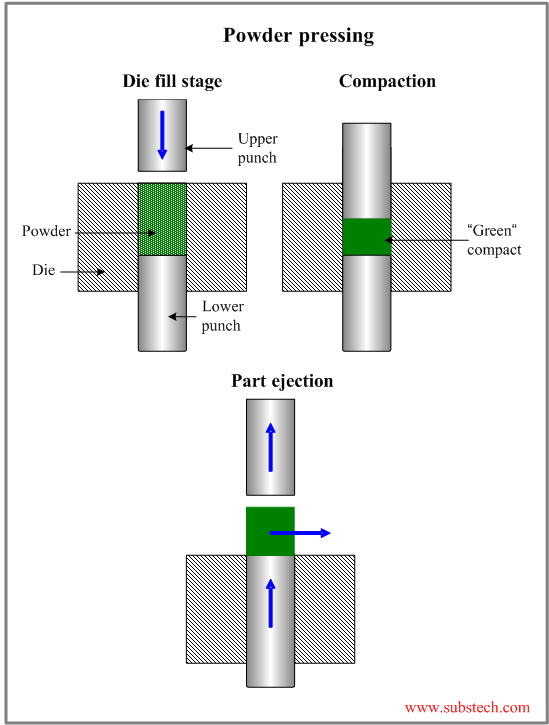It is important to optimize the slurry composition in order to obtain high green density low green shrinkage and sufficient green strength to produce defect free demolding.
Ceramic forming binder.
Dmitri kopeliovich prior to shape forming ceramic powders are mixed with processing additives binders plasticizers lubricants deflocculants water etc.
Ceramic forming is an essential part of ceramic technology which can help special ceramics to obtain a uniform and dense ceramic body before sintering.
The resulting green part must later be sintered in a kiln.
For water based binders the following components are.
The following techniques are involved in forming ceramic powders into a desired shape.
Compaction of ceramic powders is a forming technique for ceramics in which granular ceramic materials are made cohesive through mechanical densification either by hot or cold pressing.
Vacuum formed ceramic fiber vacuum forming ceramic fiber.
The binders are particularly useful in tape casting processes for the manufacture of thin ceramic sheets which are used as substrates for electronic packaging.
In the water clay system substantial shrinkage occur due to drying and increases the risk of shrinkage cracks.
Powder preparation stage is followed by shape forming stage.
For instance in the pressing process of powders adding organic binders makes possible a forming method that is independent of the plasticity.
The compaction process permits an efficient production of parts to close tolerances with low drying shrinkage.
Product details the raw materials are ceramic fiber bulk inorganic filler a small amount of organic binder and water repellent it is one plate shaped fiber products though long nets scooping technology with continous production process.
Too rapid removal of organic binder results in cracking bloating or distortion.
Binders for ceramic products are provided which are crosslinkable and impart improved tensile strength to ceramic green bodies.
There are a wide variety of binders used in traditional ceramics including natural products like cellulose or clays and synthetic products like polyacrylates or polyvinyl alcohol.










